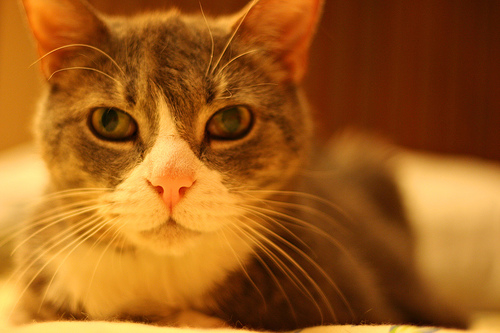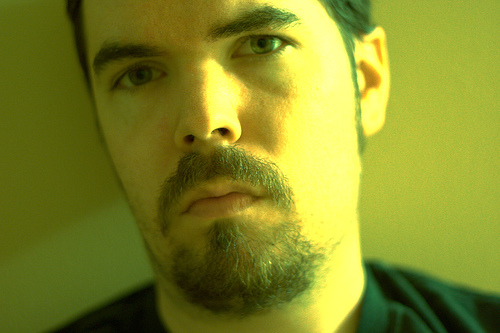I believe it was Dennis Miller who said: “I’m ADD/OCD: I’m constantly changing what I’m completely obsessed with.”
Vagabondish is reader-supported. When you buy through links on our site, we may earn a small affiliate commission. Read our disclosure.
I tend to buzz from topic to topic like a mosquito on PCP – never really settling until I find one thing to obsess over. Then I latch on and suck every drop of researchy goodness I can out of it. Though I’ve always loved it, my obsession of the moment is photography. I’m a mildly obsessed photo groupie, if I’m being honest.
I’ve never had a professional camera. I’ve always been stuck with a point-and-shoot, with budget and procrastination to blame. Of course I realize that better gear doesn’t equate to better skill, but there’s certainly a limit as to what one can accomplish with a p-a-s. Would Michael Schumacher race with a Hyundai? Of course not.
So after disappearing down the rabbit hole of web forums, photo blogs, and countless Amazon and CNet.com camera reviews, I decided to take the digital SLR plunge well before my ’round-the-world trip. I plunked down about $650 at Amazon for a Canon Rebel XT, a 50mm lens, and a 2GB Compact Flash card. It’s certainly not “cheap” to get one’s feet wet in the world of amateur photography, but I’m so glad I did.

Right out of the box, I’m taking photos that are far and away better than anything I’ve ever been able to snap with my Sony PSC-200. So far, our cat has been my unwitting and very patient subject as I’m figuring out all the ins and outs of digital SLRery.
This first week I’ve spent trying to gain a better understanding of depth of field (DOF) and its effects on how a photo looks. I never consciously noticed until now that most great portrait and close-up photos that I’ve seen use DOF to their advantage. In laymen’s terms, this basically means the subject of the photo is in crystal clear focus while everything else is beautifully blurred in the background. Great use of DOF really allows photographers to tell a better story with their shots. It’s one of the best ways to explicitly highlight what they feel are the most important elements of a particular photograph.

A few things I’ve learned thus far about taking better photos:
- If you’re buying a digital SLR camera, skip the “kit” lens that comes with most camera kits. I bought my Rebel as a “body only”, meaning it doesn’t come with a lens. Virtually every site I read recommended buying a separate lens specifically geared towards the primary type of photography you plan on using it for. For me, it was portraits and closeups, so I went with the 50mm lens.
- For many photographers, most of the “magic” of photography takes place after the photo was taken, during post-production. Though it’s not absolutely necessary, I can’t imagine life without Photoshop. Give yourself the benefit of understanding at least one professional photo editing software program.
- Take your camera everywhere. The best opportunities for great shots happen when you least expect them. Oddly enough, this is the most difficult suggestion for me to follow. I can’t get around the hang-up of people leering at me as I’m walking around photographing everything. It’s really just something I’m sure I’ll get over with time.
- Buy a circular polarizing filter. I bought one for about $80 at my local camera shop. For outdoor shots, it can mean the difference between black and white TV and color. Check this out for a better explanation.
- The rule of thirds is your friend. Like anything, it’s more of a guideline, but for budding amateur photographers like myself, it’s a simple way to add immediate interest to virtually any photo.

Lord knows I’ve got a lot to learn about technique, composition and probably a bunch of other terms I haven’t even heard of yet. But over the next eighteen months, I’m hoping to gain enough skill and know-how to really create some lasting photo memories during my RTW trip.
Lastly, if you’re interested in getting started with digital photography, there’s one site that I highly recommend above all others. Check out Digital Photography School. The first time I discovered DPS, I must’ve spent half a day reading through their posts. Really fantastic stuff.


